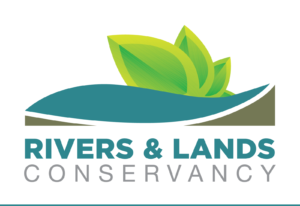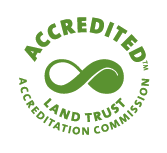
Hummingbirds are a reminder to appreciate and discover the wonder of nature.
Throughout my time studying hummingbirds they have taught me many lessons. I have learned about the sounds they make, where they live, what they eat, where they nest and about the incredible feats of athleticism they display. Hummingbirds have also taught me to continue to wonder, to become ever more curious, observant, and appreciative of the natural world around me.
During my Ph.D. at UCR, I studied the sounds hummingbirds make, specifically the sounds of Anna’s and Costa’s hummingbirds (Calypte anna, C. costae). Anna’s and Costa’s are common residents of Riverside and much of Southern California. They can be seen fluttering amongst native flowers, fighting over hummingbird feeders, searching building edges for cobwebs with which they build their nests, hovering in the air while catching and eating gnats and flashing their colorful iridescent throat feathers at one-another.
Anna’s and Costa’s have multiple instruments with which they produce sounds, they sing using their syrinx (the bird version of vocal cords), and they also produce mechanical sounds with their tail feathers. These tail feather sounds are produced during dive displays in which individuals fly up 100 feet and then dive down towards a receiver at a velocity of up to 61 miles per hour. During these dives air is forced over narrowed tail feathers creating in Anna’s hummingbirds a loud chirp, and in Costa’s hummingbirds a high-pitched whistle that rises and then falls in pitch. My research seeks to understand whether there are regional dialects in the sounds they produce. Essentially whether hummingbirds in Riverside say “soda” whereas hummingbirds in San Francisco say “pop.”
To study this, I recorded the sounds of hummingbirds across the Western United States using a handheld microphone with a parabolic shell which acts as a sound amplifier and looks like a hand-held satellite dish. Anna’s and Costa’s hummingbirds breed January through May, such that their young hatch when the flowers bloom in the spring. It is during this time when individuals sing and dive to attract mates and to defend their performance stages from neighboring birds. It is solely during this mating season in which I collect all the data for my Ph.D.
I often waited for hours for the focal bird to sing, when, just as he opens his beak to vocalize, I would hear a voice behind me saying “hunting for aliens?” or “what are you looking at? Oh, a hummingbird, really, where? I didn’t know we had those around here.”
At first these questions felt like interruptions, and further intrusions to add on to the list of human sounds, joining the nearly constant symphony of car and airplane traffic noise. However, as time went on, I realized how much everyone was positively impacted by being shown a hummingbird that they otherwise would have walked past, and how excited I was to share my fascination with these animals with others.
The hummingbirds were teaching me the power of instilling wonder and curiosity and sharing with others what beautiful things you see when stopping to really observe the nature that surrounds us. I realized that I could also invite others to join me in learning what the hummingbirds had to teach.
As community programs coordinator at Rivers and Lands Conservancy, I got to do just that! In our programs we introduced students from Banning High School and Nicolet Middle School in Banning and Summerwind Trails Middle School in Calimesa to coast live oak woodlands that support over 300 species, including Anna’s hummingbirds. Together we observed, we participated in a community, and we learned from the hummingbirds and the natural world around us.
When you look for them, it is not hard to find hummingbirds in our region and they are not shy about hovering close to get a good look at their observer. In a moment of connection with a hummingbird, it is likely you will find yourself wanting to know more. This wonder, curiosity and fascination fuels a desire to protect, restore and advocate for the areas and plants these animals rely on. It turns out that we can all be inspired and learn from hummingbirds.
Rivers & Lands Conservancy connects our community to natural, wild, and open spaces of Southern California through land conservation, stewardship, and education.
Ayala Berger has held the temporary position of Community Programs Coordinator with Rivers & Lands Conservancy where she continues to volunteer and has a B.A. and B.S. from UC Davis and is a Ph.D Candidate in Evolution, Ecology, and Organismal Biology at UC Riverside.





